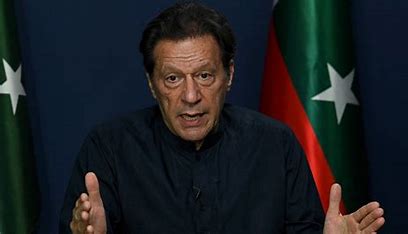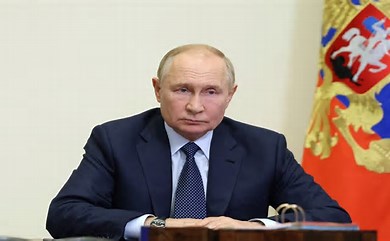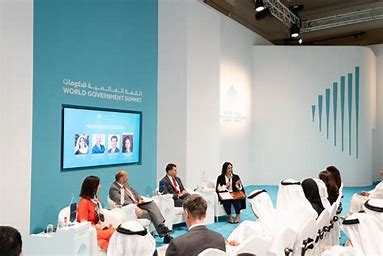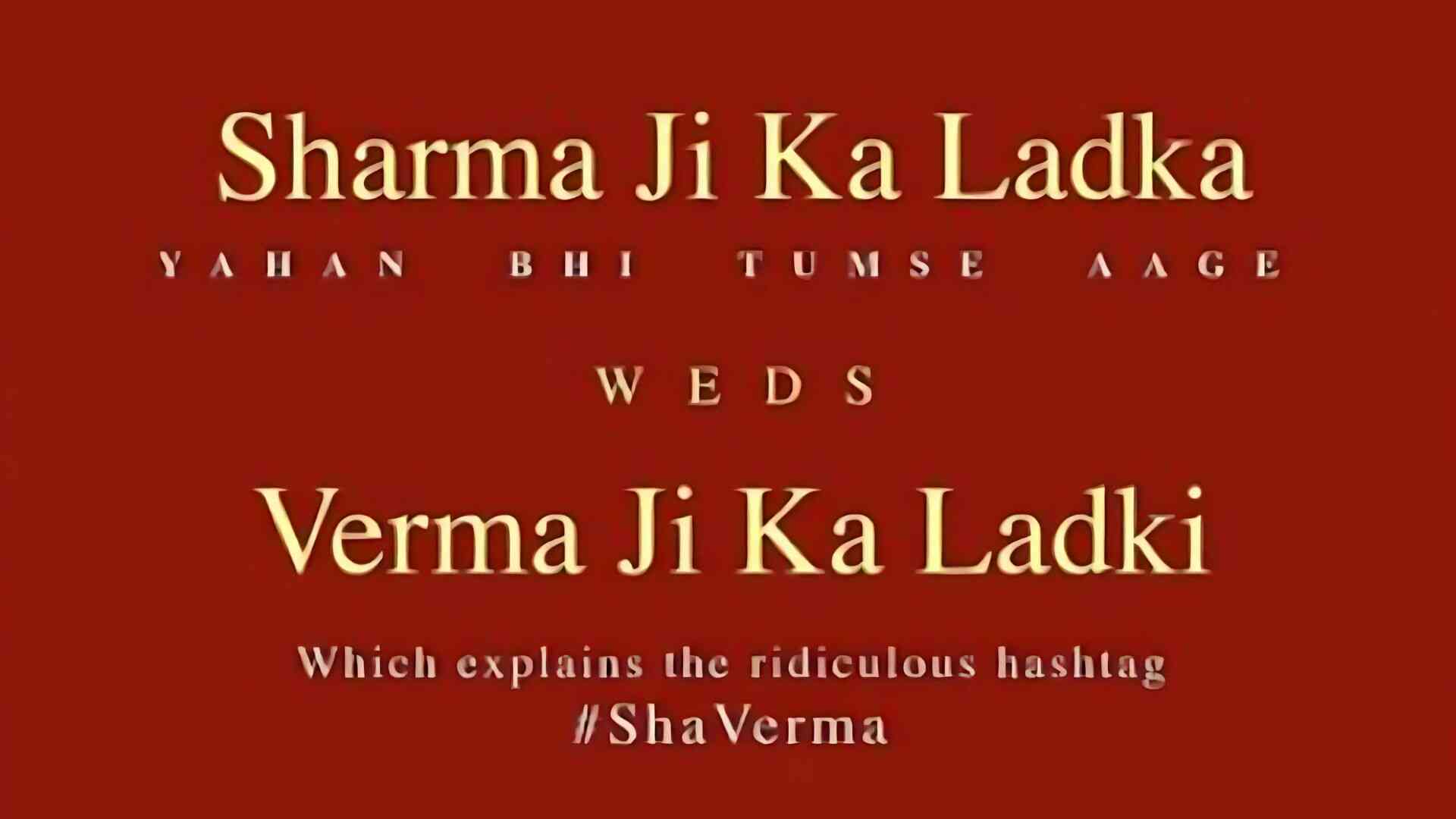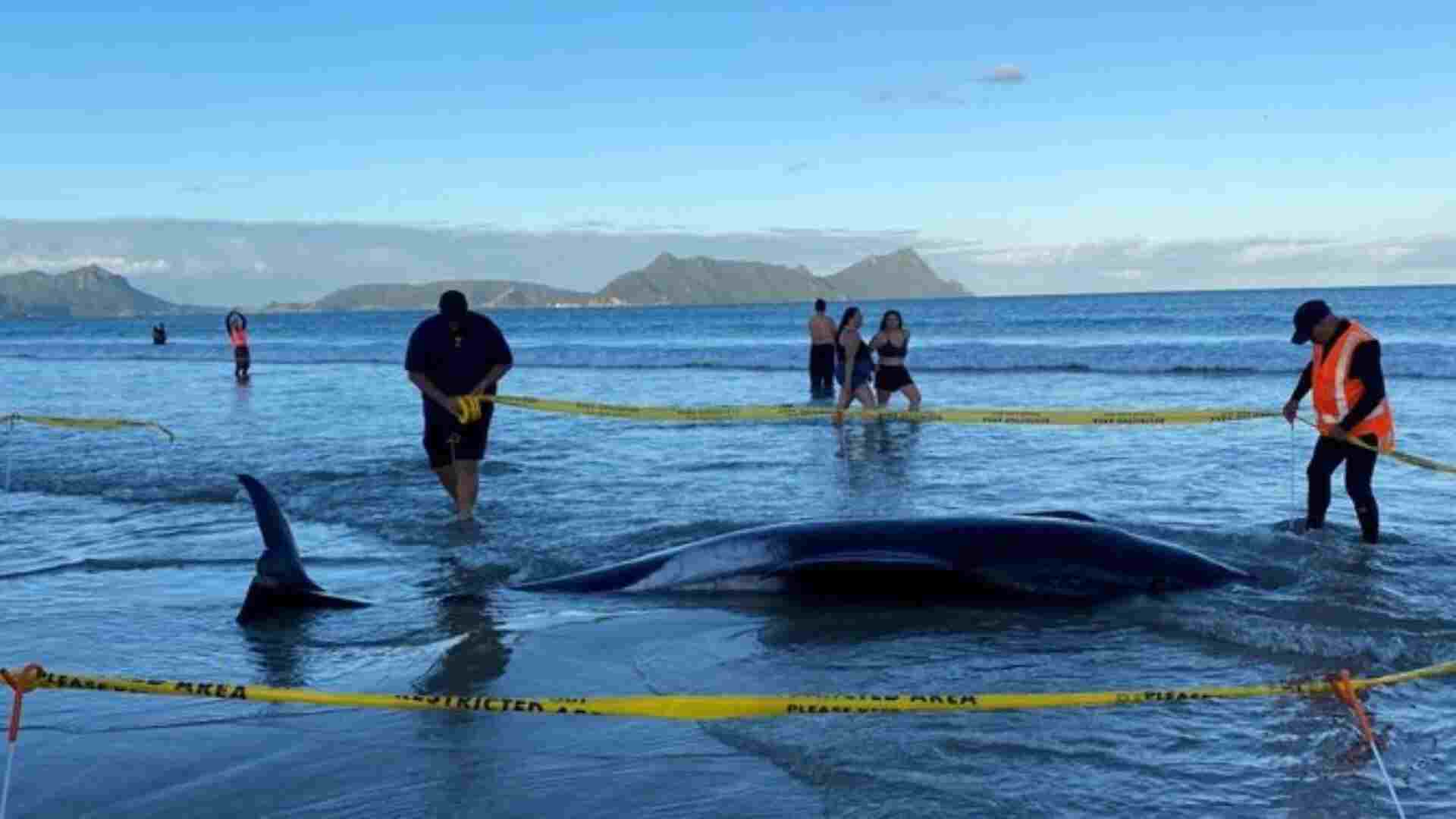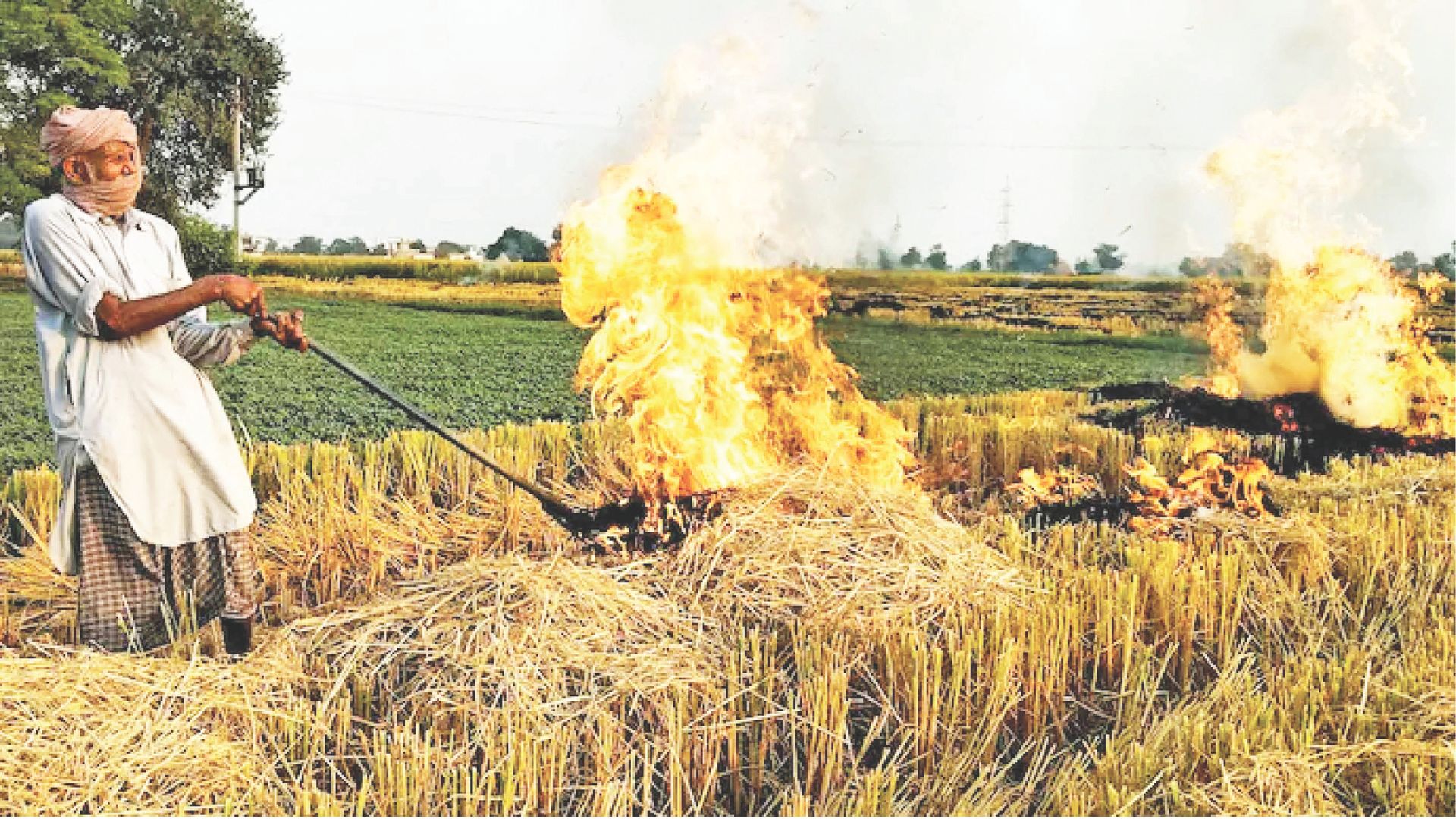
Every year there are visible polluters in our cities and towns. In the NCR for instance the smoke carried across from the fields in Punjab and Haryana that where crop waste is burnt is a significant contributor to air pollution levels. Pollutants are emitted by vehicular traffic, construction activities, smoke emitted by factories and so on. There are however certain invisible polluters who need to be identified, named and shamed. These are officials within the political and administrative machinery in central and state governments whose job is to minimise air pollution but they add to the problem instead of minimising it.
Not having enough money to tackle air pollution is a complaint often made, gut the sad truth is that it is not even the case that state governments are spending the money that is being allotted to them by the centre for the express purpose of tackling air pollution. The Centre for Science and Environment (CSE) report published in July 2024 revealed something shocking. A number of states and union territories spent only a fraction of the money allotted to it by the centre for this purpose. According to the report Delhi spent only 29.5 % of the funds allotted to it by the National Clean Air Programme from 2019 to 2024. Across party lines, there are a number of other states who have not spent the money just like Delhi. What possible explanation or excuse can there be for such criminal neglect?
How can a state request the centre for more money if it doesn’t even spend the money it receives? That would simply not make sense. Across the world if a department within a province (and even for sections within an organisation including the United Nations) doesn’t spend the money that is allotted to it in a particular financial year the following year less money is allocated to it. Those in charge of allocating funds argue, quite reasonably, that surely such and such department did not need so many funds if they couldn’t even be bothered to spend it.
Unfortunately, such a punishment would not work in the case of air pollution. This is because the withholding of funds will not be less of a punishment for the state government or UT than it would be for the people living in those towns and cities. Not any ordinary punishment either. The punishment inflicted on those people would be a shortening of their life span. What could be worse, short of losing your life – and that too happens in the case of tens of thousands of people with aggravated health issues connected with their lungs and heart.
The matter does not end here however. It gets even worse. Even the money that is spent towards curbing air pollution is not being spent in a sensible, scientific manner that will best address the issue of a toxic environment. A blame game continues to be played in respect of air pollution caused by the burning of crop residue. Furthermore, the CSE report points out that a disproportionate amount is spent on tackling dust pollution whereas more should be spent on tackling pollution from vehicles or industries. In other words, not only is the money not being fully utilised, the amounts that are being utilised are not being spent properly.
So there appears to be a mixture of carelessness and neglect at multiple levels. Firstly, in not utilising the funds allocated and secondly in not spending the money spent wisely or in the best possible manner. What can be done to address this issue? Firstly, if state governments and UTs cannot be seriously engaged on such an important issue it needs to be taken to task by the centre. There is also an important role that needs to be played by the media here. If the media does not sufficiently high light such extreme failures in governance, it too can be accused to be simply chasing TRPs and not behaving responsibly and in public interest. A mere reproduction of relevant portions of the CSE report is not sufficient.
Heads must roll, as the expression goes. The erring officials must be removed from their positions in the environment department and even demoted or suspended as the case must be. The ministers that were in charge in the various states who either neglected to spend the money or spent it unwisely must also be shamed by the media. The CSE report does not provide the names of those guilty of negligence and neither should we expect them to do so. It is the media’s job to do such kind of follow up.
For many years there have been terms that had gained currency among environmentalists – there were ‘punish the polluter’ and ‘polluter pays’. The punishment of these state level ministers and bureaucrats responsible for such negligence on a public health issue of great public concern will be greatly facilitated if the media investigates issues of dereliction of duty, identifies those who are responsible and names and shames them.
Some years ago, there were women’s magazines that had introduced a page in which they would shower praise on men who had overcome patriarchal conditioning by using the expression: a kiss on the cheek to such and such person. A photo of the man in question would be posted alongside. There would also be similarly a ‘kick in the rear’ to men who had made retrograde or male chauvinistic remarks about women in general. This is a formula that should be adopted for environmental issues as well, particularly air pollution that affects the lives of hundreds of millions of Indian citizens. Culprits must be identified together with photographs of these villains. Our invisible polluters must be named and shamed else we run the risk of continued apathy and indifference on these issues year after year.
Rajesh Talwar, the author of forty books spanning multiple genres, has served the United Nations for over two decades across three continents. A forthcoming book is titled ‘The Killings in November: A Play on Toxic Terror’.

